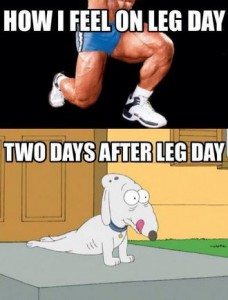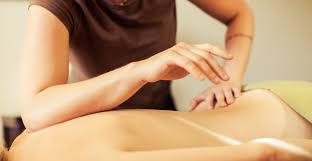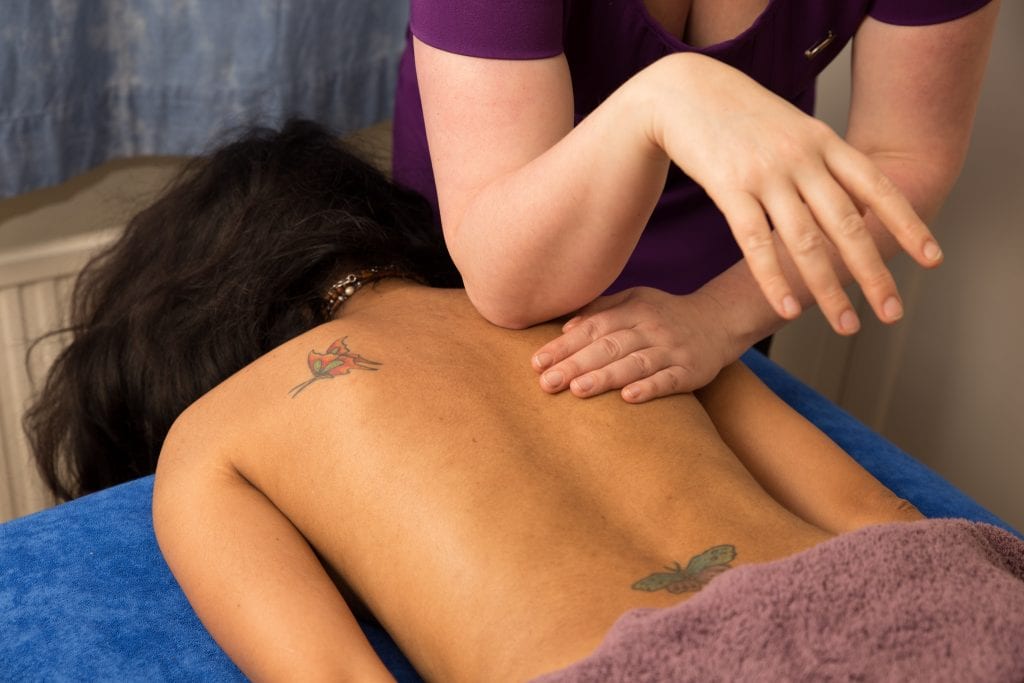Exercise Can Cause DOMS, But What Can Help? Post Exercise Massage, Of Course!
The Real Cause of Delayed Muscle Onset Soreness (DOMS)
Exercise Massage: This links to my previous blog ‘Research: exercise Can make You Younger’
Ah yes, this picture – I know that I have been there! Anyone who has had the exhilaration of the endorphin-release after an exercise routine will be familiar with the crab-like walk down the stairs or the wince of pain as you lower yourself down onto the sofa. DOMS or Delayed Onset Muscle Soreness is a common after-effect of vigorous exercise & there has been a reasonable amount of research into it. Some of the main articles I looked into are in the Research section below, but one of them formed the basis of a great blog on ‘The Myth of Lactic Acid’ written on the No-Hands Massage website.
‘We have known from many studies that pain can be reduced by massage based on self-report, but this is the first demonstration that the pain-related pro-inflammatory cytokines can be reduced’

The blog was a timely reminder to me of the importance of constantly keeping up-to-date with reading research & that, as therapists, we are always learning. I recalled the frequent conversations & advice I gave to clients in my early days as a therapist. This advice would often involve discussion around:
- the use of oxygen & ATP to fuel muscular movement
- the build-up of lactic acid as a waste product resulting in burning muscles & soreness
I soon learned that this second point was incorrect – lactic acid is actually rapidly dispersed by the circulation of blood.

So What Does Cause DOMS?
So if not the build-up of lactic acid what does cause muscular soreness after exercise? Muscular micro-tears. The main research paper was written in the journal Science Translational Medicine by Dr. Mark Tarnopolsky, leading a research team in Hamilton, Ontario, Canada. The Myth of Lactic Acid blog sums it up brilliantly:
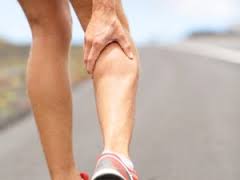
‘It turns out that vigorous exercise causes tiny tears in muscle fibres, leading to an immune reaction — inflammation — as the body gets to work repairing the injured cells. So the researchers screened the tissue from the massaged & unmassaged legs to compare their repair processes, & find out what difference massage would make. They found that massage reduced the production of compounds called cytokines, which play a critical role in inflammation. Massage also stimulated mitochondria, the tiny powerhouses inside cells that convert glucose into the energy essential for cell function & repair. “The bottom line is that there appears to be a suppression of pathways in inflammation and an increase in mitochondrial biogenesis, helping the muscle adapt to the demands of increased exercise”, said the senior author, Dr. Mark A. Tarnopolsky.
‘It turns out that vigorous exercise causes tiny tears in muscle fibres, leading to an immune reaction — inflammation — as the body gets to work repairing the injured cells’
What To Do About It?
Muscle Recovery – A HVMN Guide
Still, do not despair – as there are many things that you can do to help your muscles to recover from exercise and the good people at HVMN have written a brilliant blog all about it. It is both concise but detailed, & pretty much covers everything. As my article is more about my area of expertise, massage, I’ll let them give you their guide here:
Muscle Recovery: Essential to Your Next Workout
Analgesics & Anti-inflammatories
The normal solution provided by doctors & allopathic medicine is often to take an analgesic (painkiller) & anti-inflammatory. These can both be very useful & effective with short-term use in the case of immediate damage, such
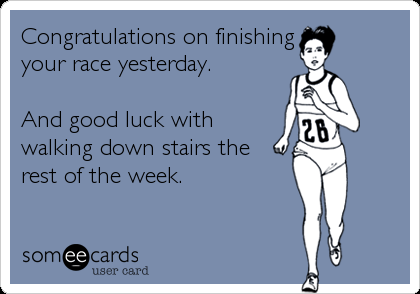
as a sprain, or a serious injury. However, research is increasingly showing that the body adapts to long-term use of anti-inflammatories, so that they become less & less effective (much like long-term use of antibiotics).
What is more, their use in the treatment of DOMS may actually hinder the recovery process: ‘Dr. Tarnopolsky suggests that, in the long run, a professional massage may even be a better bargain than a pill. “If someone says “This is free and it might make you feel better, but it may slow down your recovery, do you still want it?” he asked. “Or would you rather spend the 50 bucks for a post-exercise massage that also might enhance your recovery?”
‘With massage, you can have your cake and eat it too—massage can suppress inflammation & actually enhance cell recovery’
Exercise Maintenance Massage
By comparison, massage has a long history of being highly effective at repairing the muscular damage caused by exercise (think of Greek & Roman athletes & soldiers using massage in the gymnasium & bath house).
To an extent this has always been known, the basic instinct of any being to pain, whether human or animal, is to rub the affected area. This naturally increases the blood circulation, but Dr. Tarnopolsky’s study demonstrated that it also has the double effect of reducing inflammation & increasing the rate of cell repair. This led to the conclusion:
‘If you do exercise, then regular Massage should be at the very top of your training programme’
Research Articles
- https://hvmn.com/blog/training/muscle-recovery-essential-to-your-next-workout
- ‘The Myth of Lactic Acid’ No-Hands Massage website
- Efficacy of massage on muscle soreness, perceived recovery, physiological restoration and physical performance in male bodybuilders – Journal of Sports Science, vol. 34 (May 2016)
- ‘As such, a post-exercise massage session can improve the exercise performance and recovery rate in male bodybuilders after intensive exercise’
- The effects of massage on delayed onset muscle soreness – British Journal of Sports Science, volume 37, (February 2003)
‘Massage administered 2 h after exercise induced muscle injury did not improve hamstring function but did reduce the intensity of soreness 48 h after muscle insult.’ - Effects of massage on delayed-onset muscle soreness, swelling, and recovery of muscle function – The Journal of Athletic Training, volume 40 (July-September 2005)
‘Massage was effective in alleviating DOMS by approximately 30% and reducing swelling, but it had no effects on muscle function.’ - Massage Therapy Attenuates Inflammatory Signaling After Exercise-Induced Muscle Damage – Science Translational Medicine, volume 4, issue 119 (February 2012)

